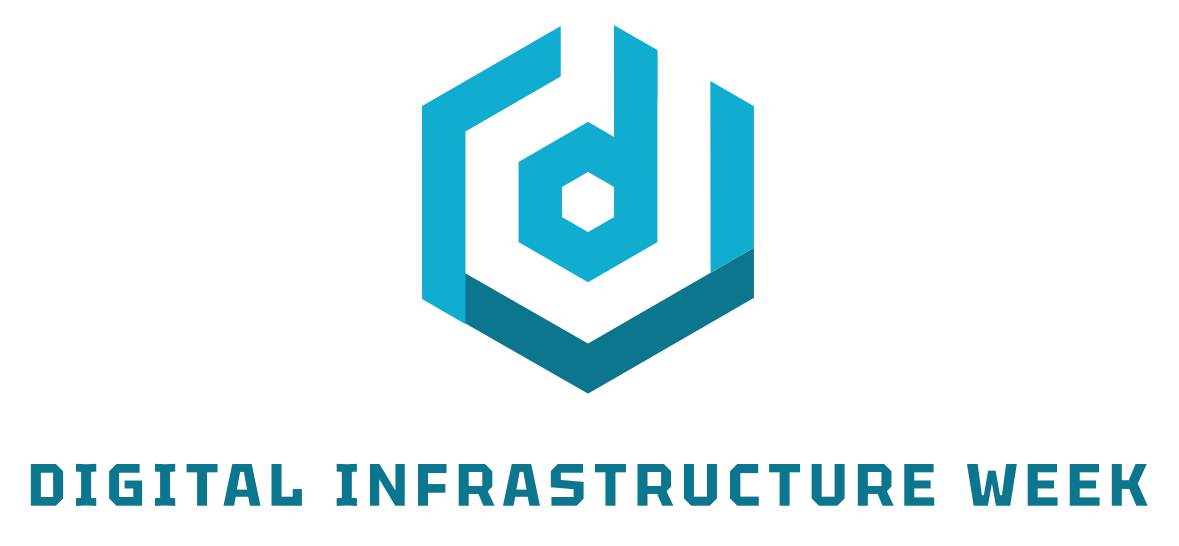The HERE and NOW for Digital Infrastructure
Authored by Shervin Esfahani, VP Global Marketing & Communications, Rekor
It's National Infrastructure Week, where we celebrate innovation and address the crucial issues surrounding our infrastructure. This week serves as a reminder of the necessity to ensure our infrastructure is prepared for what’s happening today, and for what will undoubtedly change in the future. And if we’re going to make effective, long-lasting changes, we need to start thinking of infrastructure as both the physical and the digital. That’s why we are participating in Digital Infrastructure Week.
Often overlooked until its absence disrupts our lives, infrastructure is vital for resilient economic growth and the interconnection of communities. But the state of our physical infrastructure is concerning. According to a report from the American Society of Civil Engineers (ASCE)*, US infrastructure has been graded a C minus, indicating that there is a significant and urgent need for improvement. Over 65% of the 4.3 million miles of US roadways are rated in poor condition, which impacts the safety of drivers and passengers. Congestion is also a serious concern, costing US citizens a whopping $120 billion per year in economic and productivity losses. Furthermore, transportation-related greenhouse gas emissions – motorists' emissions, particularly when trapped in traffic, account for a significant proportion of the country's total emissions - are a leading contributor to declining sustainability, which has far-reaching environmental impacts.
Addressing the road infrastructure issue is imperative for economic, ecological, and safety reasons. Tragically, more than 43,000 people lose their lives each year while using the nation's transportation network of streets, roads, and highways, which represents a stark failure in public safety and policy. Unfortunately, this number has grown and stagnated over recent years, rather than declined.
Laying a foundational digital layer is the next evolution of traditional infrastructure as technology advances. We can revolutionize our approach to roadways and infrastructure through an augmented approach to existing physical infrastructure that blends the strengths of physical, digital, and operational infrastructure with mobility data, including GPS data, Bluetooth, connected vehicles, smart roadway sensors, and more. By incorporating digital technologies into our infrastructure, we can learn from it, and reap many benefits that enhance safety, efficiency, sustainability, equity, and the economy. But the question is, how do we approach it in the short term?
Break Down the Silos
Whether it’s public safety, public transit, public roadways, private commerce, private recreation, and private utilities, all these entities are vertically siloed and were never built to effectively serve the multi-modal and complex horizontal lives of everyday citizens. The digital layer that we embed across our infrastructure needs to integrate across these siloes with robust data exchange between the public and private sectors, allowing us to serve citizens along their daily journey. By integrating technology and data across these siloes, full solutions can be fashioned that service multiple purposes, and speak to overarching outcomes for people. Whether its real-time information on traffic conditions, optimized routing, or safer, more streamlined travel experiences for individuals. Breaking down these siloes with technology will improve the quality of life.
More Sources of Data, Not Just More Data
If you are relying on a single source of data to make your decisions, you are not making smart decisions. As data capture methods and data providers grow, multiple sources of data provide independent channels of information to users. To reach a richer and more complete picture of what is actually happening or has actually happened, multiple sources of data met with data fusion are needed.
Insightful data contains the five Vs of big data: volume, value, variety, velocity, and veracity. When you are utilizing data with all five Vs to obtain insights, the confidence you have in making decisions with those insights is far higher. We have the ability to collect a mix of data – from static infrastructure, physical sensors, IoT devices, connected technologies, mobility on demand, and other sources – that will bring the depth to the digital layer that is needed. This is not only important for real-time use cases such as incident response, but also when extracting historical information used to make future planning and engineering decisions.
Leverage the Insights
Data is only part of what Digital Infrastructure needs to deliver innovative solutions. Transforming data into insights is where technology like AI, machine learning, deep learning, and neural networks shine. To take advantage of these insights, you shouldn’t need to completely reconfigure and reassess the processes that you are utilizing and the way in which you are working. Find open, transparent technology platforms that you can simply plug into. These technologies should leverage your existing workflows while still capturing, curating, and transforming vast amounts of disparate data and delivering critical and actionable insights. By easily plugging into these technologies, the facilitation of information and knowledge transfer between citizens, governments, and agencies becomes streamlined, making processes more transparent, accessible, and efficient.
“As-A-Service” Is Your Friend
A new model of procuring technology solutions “as-a-service" is fast proving its worth in transportation. The “As-a-Service” model is imperative on the path to digital infrastructure, enabling an asset-lite approach that is readily accessible and scalable. “Insights-as-a-Service” not only provides you with access to insights without the need to purchase, deploy, and maintain hundreds to thousands of devices, but it also puts the onus on the technology provider to continually improve the insights and outcomes delivered. It’s a self-lubricating wheel, keeping the technology up to date without the need for intervention by agencies.
Today, innovative states are already tackling digital infrastructure. The time to act is now in integrating digital technology across our infrastructure, and by doing so, we will unlock new possibilities that create a safer, more sustainable, and more interconnected future for all.
* Source: American Society of Civil Engineers (ASCE) Report: “Failure to Act: Economic Impacts of Status Quo Investment Across Infrastructure Systems”
